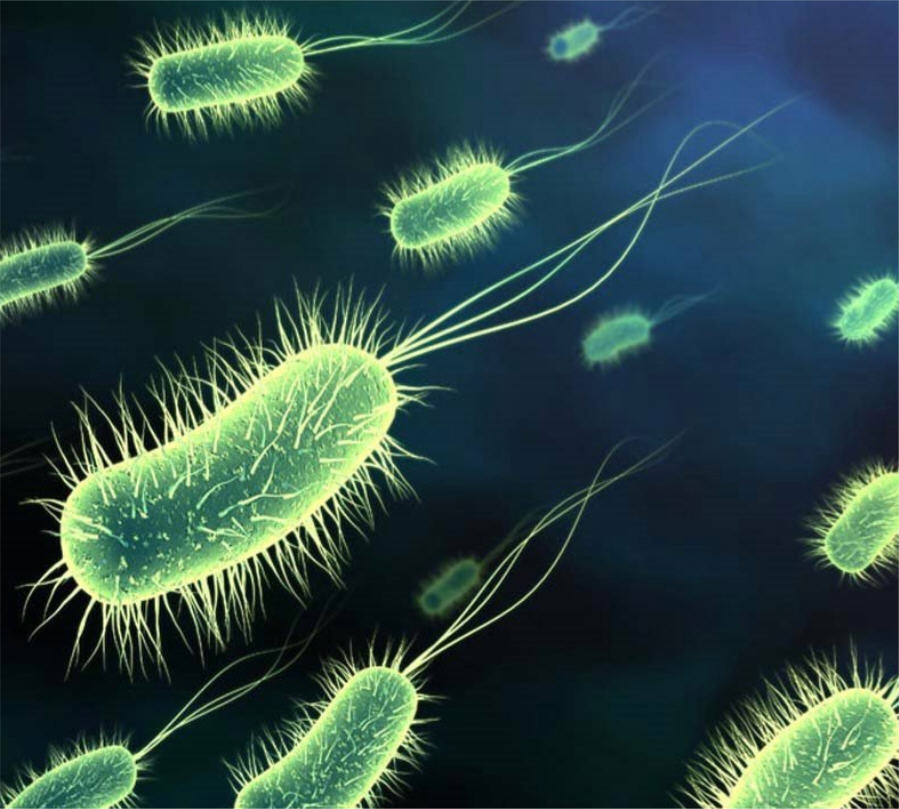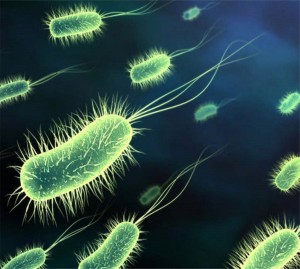Everyday alternative energy scene is garnering bigger and important space in newspapers and industrial lives. People are feeling the need for greener energy and cleaner environment. Some researchers are focusing their attention on one of the ancient living organisms, the cyanobacteria.

The process of photosynthesis occurred in cyanobacteria 3.7 billion years ago. This light harvesting system imparted the cyanobacteria with blue (cyan) color. The bacteria used water molecules to transport energy. They derived this energy from sunlight, while converting carbon dioxide into oxygen. We all know how this activity proved helpful for the plant and animal kingdom. Plants evolved by using bacteria to provide their photosynthetic engines. Animals got oxygen to breathe. But here scientists are trying to breakdown each and every mechanism of photosynthesis of cyanobacteria to produce fuels like hydrogen, hydrocarbons or alcohols.
Progress made in this field has been promising. Scientists are not only focusing on energy needs they also want to use photosynthesis for manufacturing precious compounds for the chemical and biotech industries. Researchers are trying to alter genetic pattern of plants and cyanobacteria so that humans can get products they want. But another group of scientists is trying to imitate the process of photosynthesis in the laboratories on human-made chemical compounds.
Both the approaches will be pursued simultaneously, as they both are potentially beneficial, as was discussed at a recent workshop focusing on the photosynthetic reaction centers of cyanobacteria, organized by the European Science Foundation (ESF).
A key point noted by Eva Mari Aro, the vice-chair of the ESF conference, was that there is now universal agreement over the ability of photosynthesis to provide large amounts of clean energy in future.
Currently biofuel producing crops generally alter less than 1% of the solar energy they receive to biomass. This way they are likely to consume a substantial portion of agricultural land used for food — an option no one would like to consider. But this can be solved by developing dedicated systems, using cyanobacteria, plants, or artificial components. They should be of much higher efficiencies, reaching 10% efficiency of solar energy conversion. This would enable enough energy and fuel to be produced for a large part of the planet’s needs without causing significant loss of space for food production.

 Follow
Follow